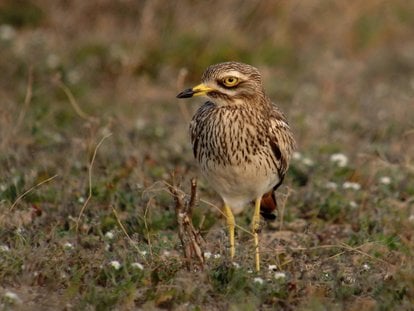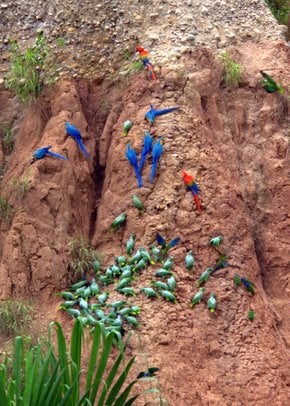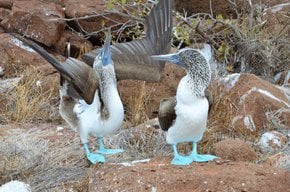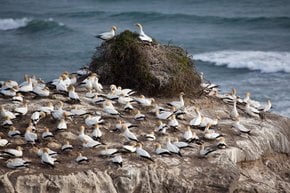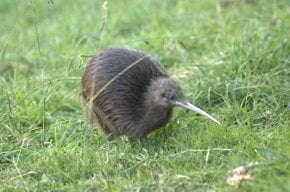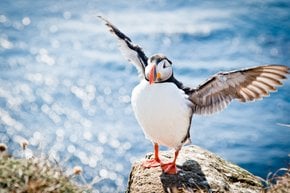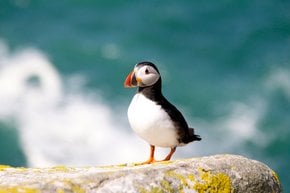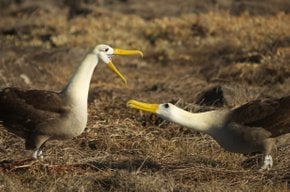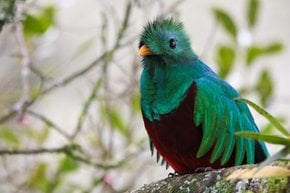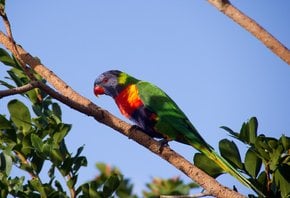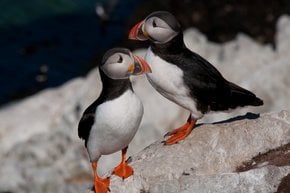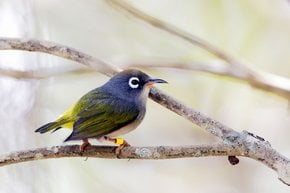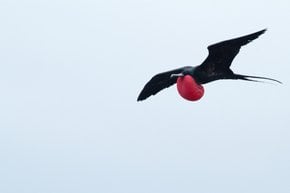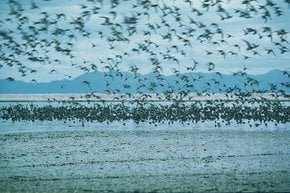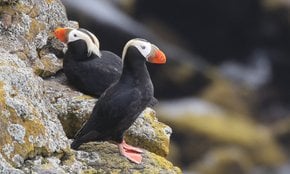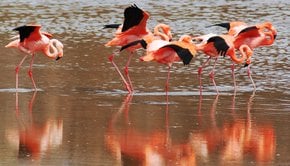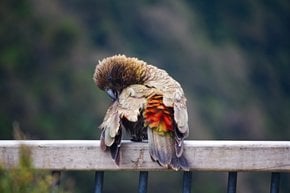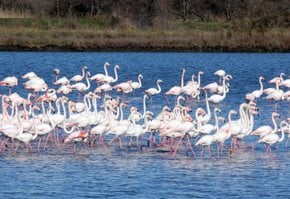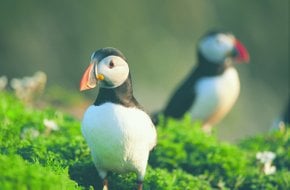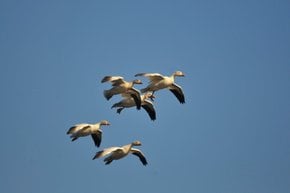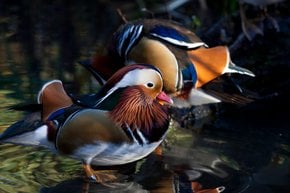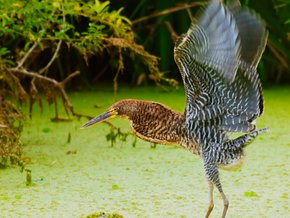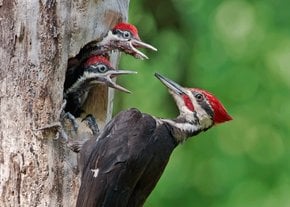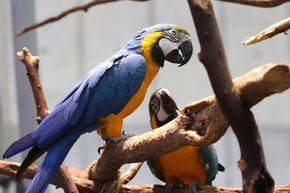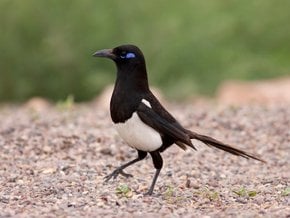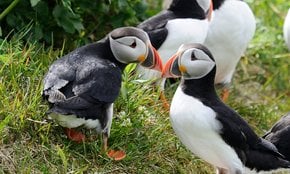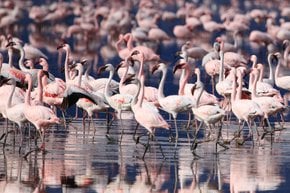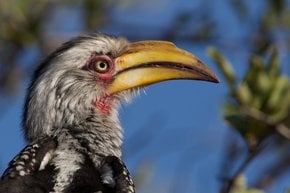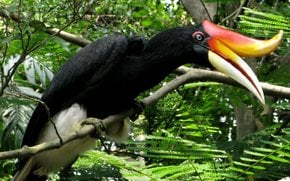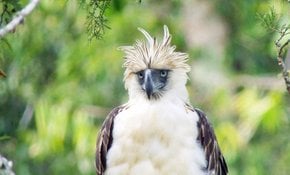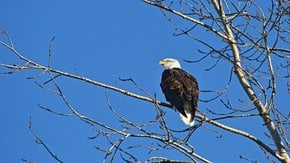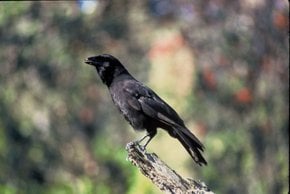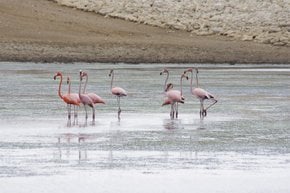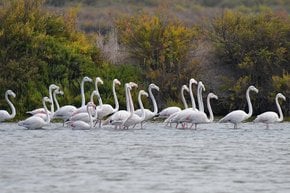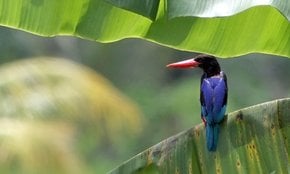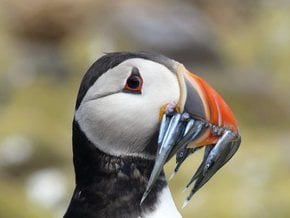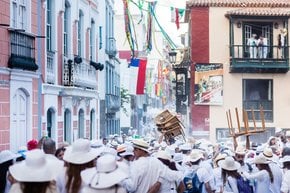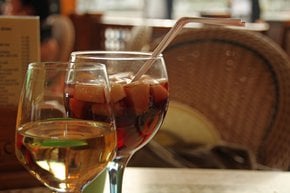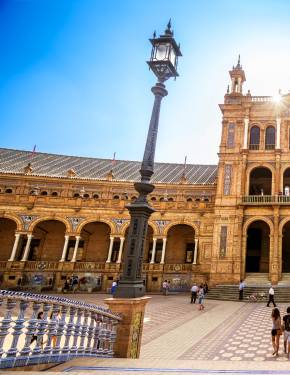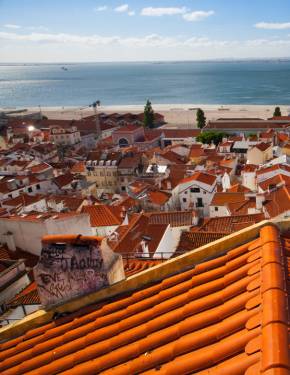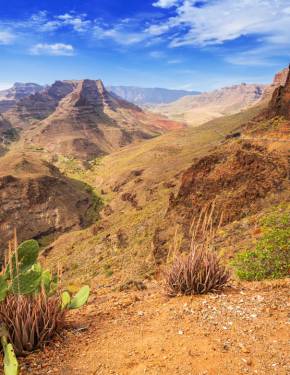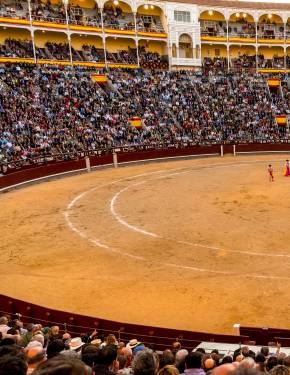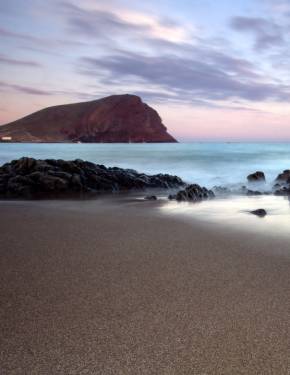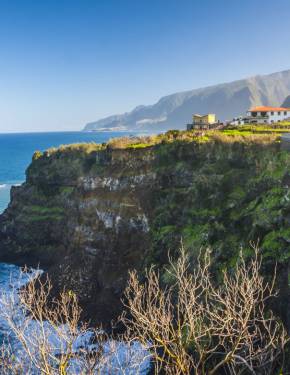Birdwatching in Canary Islands 2025-2026
A huge variety of birds come to these beautiful forests and charming coasts for their winter holidays
Best time: December–March
The Canary Islands are home to a huge variety of birds waiting to be seen. Some of them are species that inhabit the islands while others are migratory birds which come to the island to spend the winter. The island of Tenerife has two endemic laurel pigeons, Bolle's Pigeon Columba bolli, and Laurel Pigeon Columba junoniae. Other species like Blue Chaffinch Fringilla teydea and the Tenerife Kinglet Regulus can be easily seen here as well.
A picnic site at Las Lajas is a good place to observe the Blue Chaffinch and Great Spotted Woodpecker. La Gomera boasts large populations of laurel pigeons, Kinglet, and Sparrowhawk. The island of Fuerteventura is the only place in the world where you can see the Canary Island Chat. Lanzarote is a place to see Eleonora's Falcon and Barbary Falcon, as well as Cattle Egret and Little Egret which have recently come to this location.
La Palma island hosts its own endemic subspecies of Common Chaffinch and Blue Tit. It is also the only place where you may see Red-billed Chough breeds. All the islands together boast an impressive range of migrant birds, stragglers, and shorebirds. Species coming from Africa and Europe usually occupy the Eastern islands, while American stragglers choose the Western ones. The number of exotic birds is growing all the time. Among them, you may see seven parrot species, like Common Myna, Common and Orange-cheeked Waxbills, and Sacred Ibis, breeding on the islands. Some recent colonisers and accidental breeders include the House Sparrow, Eurasian Tree Sparrow, Black Winged Stilt, Little Bittern, and Barn Swallow. The best time to see the widest variety of migratory birds is, of course, winter.

